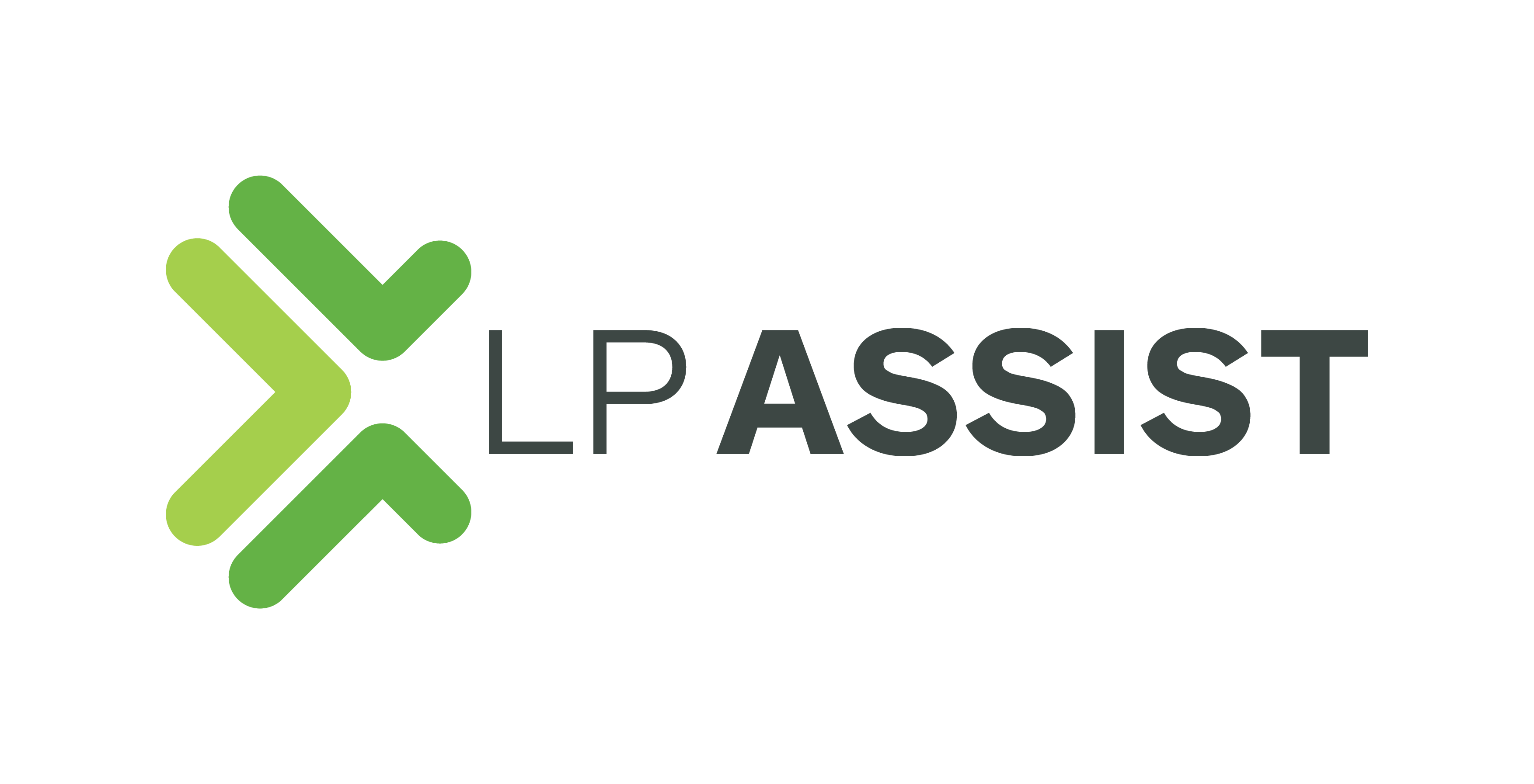Business Plans are not just for large businesses, entrepreneurs or start up businesses. Your business can benefit from a Business Plan regardless of how long you have been running the business, the size of the business or whether you consider yourself a “business person”.
A Business Plan is a written document that describes your business objectives and how you plan to achieve those objectives. Think of it like a written roadmap for your business.
So, what is in a Business Plan and how do you prepare one? There are a five common sections we find in almost all business plans, including:
- Executive Summary
This is a short summary of your business. It should clearly describe your business in no more than a few paragraphs. We often find it easiest to write this section last; by the end of the Business Planning process, you will know your business so well, this part comes together easily.
- Business Objectives
What are you working towards? Do you want to achieve a certain turnover or profit, or do you aim to sell a certain number of units? Your goal could also be more personal such as achieving a four day work week.
When setting business objectives, remember to make them SMART goals:
S – Specific: Don’t be too general. Specific goals help you maintain focus.
M – Measurable: Using numbers and/or times can ensure you can measure progress.
A – Achievable: Push yourself but don’t overreach. Break your larger goal into subgoals.
R – Relevant: Ensure your goals make sense with your business purpose.
T – Time: Including a due date in your goals can give a sense of focus and encourage progress.
- Your Product/Service
In this section you’ll describe exactly what your business has to offer. Explain the key features and pricing. If you have more than one offering, make sure to break them all down in this section. You may also want to compare your product to your competitors and explain what makes people want your product over your customers.
- SWOT Analysis
This is a tool used to outline the Strengths, Weaknesses, Opportunities and Threats of your business.
Ask yourself:
- What are the strengths of my business?
- What are some opportunities in my competitive environment? Could/should I take advantage of them?
- What are the weaknesses of my business?
- What are the threats to my business? How can I work towards mitigating them?
This exercise can teach you a lot about the environment in which you are operating. You can use your strengths and opportunities to increase sales and grow your business. By being aware of your weaknesses and strengths you can mitigate the effect they have on your business.
Try to think of factors within your business such as staffing, but also external factors like market trends.
- Marketing
Now it’s time to think about your marketing strategy.
Start by understanding your target market. Where are they? How old are they? What are they interested in? By understanding your customers, you can ensure your product is attractive to them, and you can make sure your marketing dollars and time are best spent in places that will reach the right target market. Put together some marketing strategies based on this information.
Next, think about the actual sales process. How are you going to get the product to your target audience? Do you have a physical store, or can they buy online? If you offer a service, can you offer this online or do you need to meet in person? How will your customers pay you? Is it easy for them to pay you using this method? How will your product/service be delivered? How do you want customers to feel when they purchase from your business? Make sure you understand every step of the customer journey, from how they might discover your business right through to paying you.
Quick tip: Don’t pressure yourself to write twenty pages. Each of these sections might only have one or two sentences or a series of bullet points. There is no right or wrong, just what works for you. The real value of a Business Plan is in the planning process.
There are many other sections of business plans that you might want to consider, depending on what your business does. For example, you might want to add a section about your business Vision and Mission Statements. You may want to explain the manufacturing process, staffing requirements, environmental impacts, asset requirements or even include financial forecasts. If you are operating in a heavily regulated industry, you may want to include notes about regulations you need to adhere to.
Writing a Business Plan sounds daunting but it doesn’t need to be. You can do this! But if you’d like to chat to someone about your business plan, let us know, we’d be happy to help.








